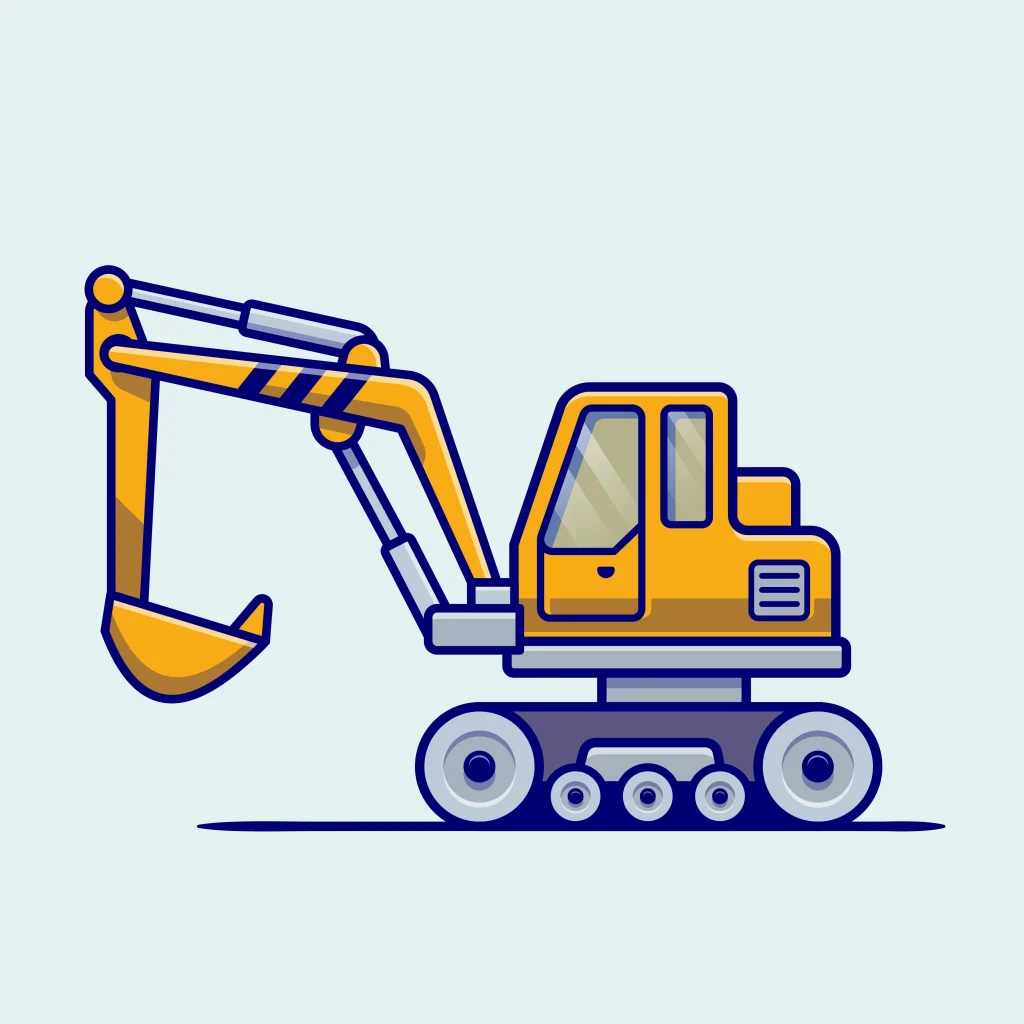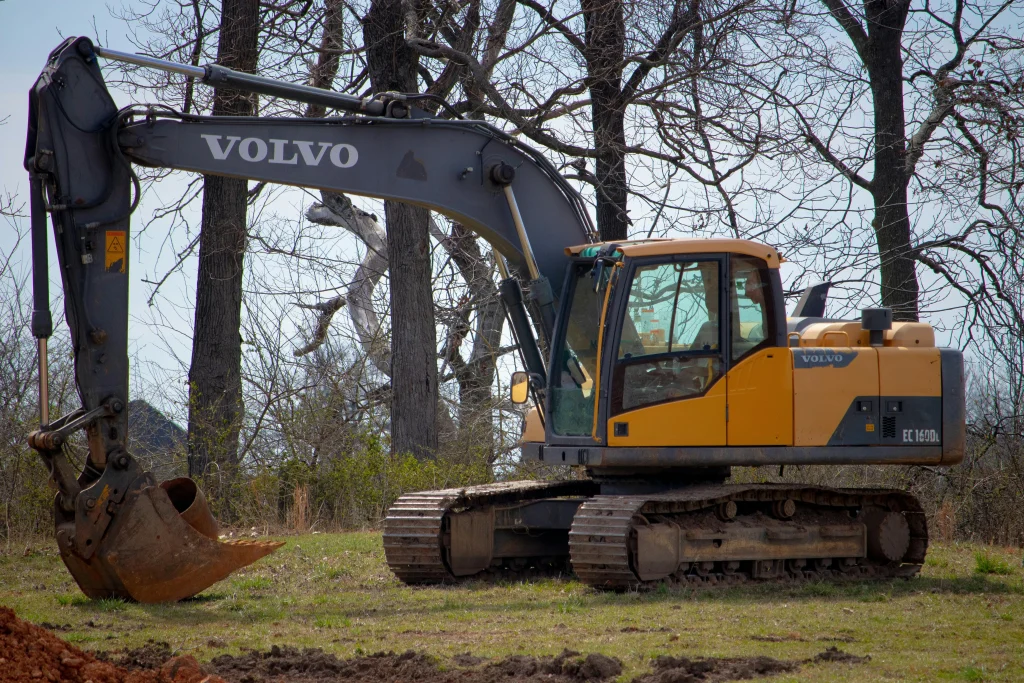Comprehensive Guide to Backhoe Bucket Maintenance and Longevity
Comprehensive Guide to Backhoe Bucket Maintenance and Longevity
Backhoe buckets are super important for jobs in construction, mining, and farming. They tackle hard tasks like digging dirt, scooping gravel, or moving debris. How well they work and how long they last depend on using them right, taking good care of them, and picking strong materials. This guide gives easy tips to help your backhoe bucket stay in great shape. You’ll learn about smart ways to use it, choosing tough materials, knowing when to upgrade, and doing regular upkeep. These steps make your bucket last longer, save time, and cut costs. Whether you want better results or need to choose a new bucket, this guide keeps your equipment ready for tough jobs.
What is a Backhoe Bucket?
A backhoe bucket is a key tool that attaches to excavators or backhoes. It’s used in places like construction sites, mines, or farms. The bucket digs, scoops, and carries stuff like dirt, rocks, or debris. They come in all sorts of sizes and styles to fit different jobs. Their strong design helps them handle rough conditions and still work well.
Key Components of a Backhoe Bucket
The backhoe bucket’s performance comes from its main parts. The bucket shell is the main body. It’s often made from tough steel to handle heavy stress. Cutting edges and teeth break through hard stuff like soil or rocks. Extra parts, like side cutters or wear plates, guard against damage from rubbing or banging. Some buckets also have guard blocks or cast guard plates. These make high-pressure spots stronger.
Types of Backhoe Buckets and Their Applications
Backhoe buckets are made for specific tasks. Each one has special features:
- Rock Buckets: Great for tough jobs like digging hard ground or loading gravel with dirt. They have wide openings for big rocks and strong steel plates for durability.
- Skeleton Buckets: Used in city work, farming, forestry, or water projects. Their design lets them sort out materials like soil from debris quickly.
- Tilt Buckets: Awesome for shaping slopes or clearing big piles of silt in rivers. Hydraulic cylinders let them tilt, which makes work faster and easier.
Each bucket is built to shine in its own job.
Why Should You Maintain Your Backhoe Bucket?
Taking care of your backhoe bucket keeps it working great and lasting a long time. Skipping care leads to breakdowns, weaker performance, and bigger bills.
Benefits of Regular Maintenance
Good upkeep has lots of perks:
- Tougher Build: Caring for it stops parts from wearing out too soon.
- Smoother Work: A well-kept bucket runs well and avoids delays.
- Saving Money: Fixing small problems early stops big, costly repairs.
Common Issues Arising from Poor Maintenance
Not taking care of your bucket causes trouble:
- Worn-out cutting edges or teeth make digging tough.
- Rust makes the bucket’s structure weaker over time.
- Piled-up dirt clogs the bucket, slowing things down.
Fixing these early stops bigger issues from popping up.
How Can You Maintain Your Backhoe Bucket?
Simple care habits keep your equipment in top shape. These steps make sure your backhoe bucket stays dependable.
Cleaning and Inspection Procedures
Identifying Wear and Tear in Critical Areas
Check your bucket often for damage. Look at spots that get a lot of stress, like cutting edges, teeth, or reinforcements. Watch for cracks, dents, or thin metal. These can mess up how well the bucket works if you ignore them.
Techniques for Effective Cleaning
Clean your bucket after every job. Get rid of dirt, debris, or harmful stuff that causes wear. Use a strong water spray or special tools to reach tough spots. This keeps your bucket in good shape.
Lubrication Requirements and Best Practices
Lubrication makes moving parts slide smoothly. It cuts down on rubbing and protects against damage.
Recommended Lubricants for Kingho Products
Use top-notch lubricants that fit your equipment’s needs. Kingho suggests products that lower friction and protect parts during hard jobs. These keep your backhoe bucket working its best.
Repairing Minor Damages Before They Escalate
Fix small problems fast. For example, patch up dents or tighten loose bolts. Weld cracks the right way and swap out worn parts like teeth or cutting edges. Quick fixes stop bigger issues from growing.
By doing these steps, you keep your backhoe bucket strong and ready for any job.
Strategies to Enhance the Longevity of Backhoe Buckets
To make your backhoe bucket last longer, use careful operation and pick smart materials. These steps cut down wear and keep performance strong, even in rough conditions.
How Can Operating Techniques Minimize Wear and Tear?
Avoiding Overloading and Misuse
Overloading your backhoe bucket hurts its lifespan. Always make sure the load fits the bucket’s limit. Too much weight puts stress on parts like cutting edges, teeth, or reinforcements. This makes them wear out faster. Also, don’t use the bucket for tasks it’s not meant for, like prying rocks. That kind of misuse can damage it.
Efficient Digging Practices with High-Performance Buckets
Use clever digging tricks to ease stress. Hit materials at the right angle to lessen pressure on the cutting edge. For tough jobs, like digging hard soil or gravel, pick buckets with strong steel plates. Kingho’s Rock Buckets are made for these tasks. Their tough designs handle rough settings well.
How Does Material Selection Impact Durability?
The Role of High-Quality Materials in Bucket Performance
The materials in a backhoe bucket decide how long it lasts. Buckets made from strong steel, like NM400 or NM500, fight off wear and tear. These materials stand up to tough environments without falling apart. Parts like guard blocks or cast guard plates give extra protection to high-stress spots.
When Should You Upgrade or Replace Your Backhoe Bucket?
What Are Signs That Indicate Replacement is Needed?
Know when it’s time to replace your backhoe bucket. Look for these clues:
- Cracks or dents in the bucket’s body.
- Worn cutting edges or teeth that make digging slow.
- Loose reinforcements that weaken the bucket.
Ignoring these signs can lead to breakdowns and higher costs.
How Do You Choose the Right Replacement Bucket for Your Equipment?
Picking a new bucket means making sure it fits your machine and job needs. Go for buckets made with tough materials, like Swedish Hardox steel, for strength. Features like oil passages in pins or imported seals in hydraulic systems add dependability. Kingho’s Rock Buckets, for example, are great for heavy jobs. Their wide openings make loading easy, and strong parts last a long time.
What Are Recommendations for Specific Products in Maintenance and Longevity?
Which Features Simplify Maintenance?
Some backhoe buckets have features that make upkeep easier. For example:
- Honing Tubes: Used in oil cylinders to keep things smooth and last longer.
- Wear-Resistant Alloy Steel Knife Blocks: These hold up during heavy use without bending.
These features save time and keep your bucket in top shape.
How Do Designs Contribute to Extended Service Life?
Clever designs make buckets last longer. Double-cylinder connecting rod designs add flexibility and cut stress on parts. Imported rotary motors let the bucket rotate fully without losing strength. Kingho’s Tilt Buckets, for instance, use hydraulic cylinders to adjust angles. This makes them efficient and tough for tasks like shaping slopes. Kingho also provide customized service.
FAQs
Q1: How do I know if my backhoe bucket is overloaded?
A: Check how your equipment acts. If it feels slow or strained, it might be carrying too much.
Q2: Can regular cleaning make my bucket last longer?
A: Yes. Cleaning gets rid of dirt and harmful stuff. This stops wear and keeps the bucket working great.
Q3: What should I focus on when picking a new bucket?
A: Look for strong materials, a good fit with your machine, and features that match your job needs.



